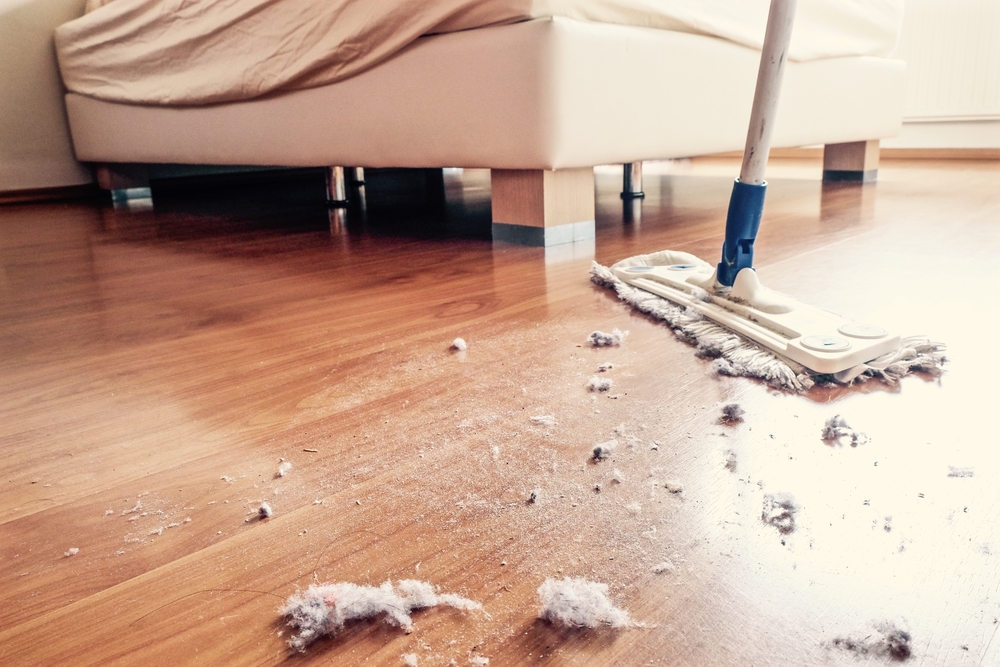
Most Canadians spend the majority of their time indoors during the winter. The real question, however, is whether our homes are adequately prepared for months of cold temperatures, ice and snow buildup, and prolonged occupation indoors.
Today, let’s go over some important ways winter can affect your home’s indoor air quality – and what you can do about it.
Chimney and Fireplace Condition
Does your fireplace have a broken or inefficient damper that just won’t open or close properly? Or, perhaps your chimney needs repairs and is suffering from a blockage. Getting an inspector certified in Wood Energy Technology Transfer (WETT) to take a good look at these systems can mean ensuring proper air filtration, emitting Co2 and other exhausts efficiently to keep your home safe and comfortable. You should also get your chimney, wood fireplace, woodstove and other similar equipment cleaned by a trained professional on an annual basis to keep these sources of heat – and your air quality – in the best possible condition.
You Need to Depend on Your Ventilation Even More
Since your home likely won’t have its windows open during the winter, you need to ensure your ventilation functions at peak efficiency. That means having a good look at your ductwork, exhaust, air inlets, dryer vents, and other outlets, ensuring no obstructions or detractors to system performance. For maximum airflow efficiency and the ability to filter “stale,” poor-quality air outside while bringing in fresh air from outdoors, be sure to work with a certified professional air quality inspector. Keeping your ventilation clear and efficient ensures enough airflow to combustion devices such as furnaces and hot water tanks.
Proper Humidity Control
In the winter, your home needs to depend on systems such as exhaust fans and air exchangers to dilute indoor air quality loads, including those generated by biological and chemical sources. Moisture dilution is also essential, which in turn influences the relative humidity (RH), which is the measurement used to calculate air moisture content in space. Generally, comfortable and safe levels hover between 40 and 60 percent RH. In addition, consider that humans emit aerosols containing microbes, dust, dander, and other compounds naturally throughout the day, which is carried through the airflow. Proper humidity control paired with a reliable, effective HRV or similar system enables these particles to descend more quickly, reducing their reach and making them easier to clean. This can be handy in maximizing airborne infection control – something to consider when flu season hits over the winter.
Is the air quality in your home safe, free of hazards and comfortable with proper relative humidity control? Prepare for winter with peace of mind by contacting IAQ Ottawa for thorough air quality testing and recommendations on appropriate next steps. We’re here to help.






